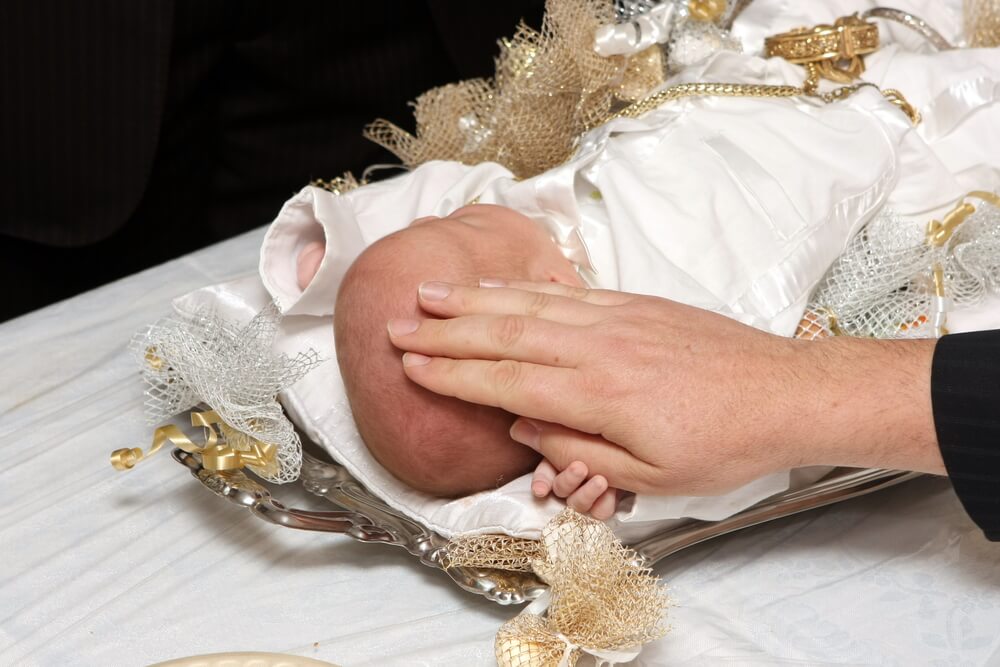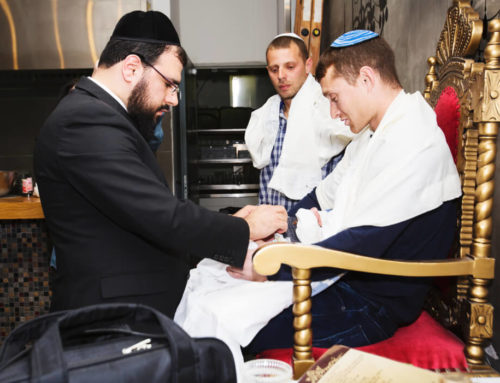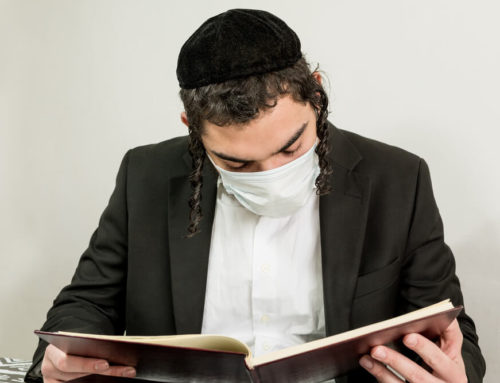On the eighth day of a Jewish boy’s life, he must undergo a ritual circumcision following Jewish law. This is called a bris. There are many laws and traditions of a bris. Here is a little more background on what happens at a bris and what you can expect.
What Does a Bris Symbolize?
In Jewish tradition, the bris symbolizes the covenant between the Jewish people and God. When God informed Abraham that the Jews were going to be the chosen people, Abraham took a rock and circumcised himself. The bris is a way of showing God’s promise and the connection with God physically on the body. The word “bris” is Hebrew for covenant.
When Does the Bris Occur?
If the baby is medically able to have the bris procedure done, the bris is held on the baby’s eighth day of life. The reason for this is that, in the Bible, Abraham circumcised his son Isaac on the eighth day. Jewish mysticism also attaches a special significance to the number eight. The child achieves perfection with nature during the first seven days of his life. Even though the bris can be done at any time of day, most people usually do it in the morning. However, some people will hold the bris in the afternoon, depending on their scheduling needs.
The law states that if the child is not strong enough, the bris can be delayed until he is able. Jewish law does not expect the parents to risk the life and health of the boy to have the bris on the eighth day. It is prohibited to perform a bris on a baby who is not well. For example, if the baby has jaundice, it is permissible to push off the bris until the baby is suitably recovered. The mohel will examine the baby in the days before the bris to make sure that he is physically able to undergo the procedure.
Who Performs a Bris?
One needs to hire a mohel to perform the bris. The mohel is a specially trained person who is both religious and has some type of medical training. The mohel has spent years studying the religious customs and the biblical texts that teach them how to perform the proper bris procedure. A mohel in Tamarac Florida must not only be spiritual and holy, but they must also know how to perform the bris in a medically appropriate way.
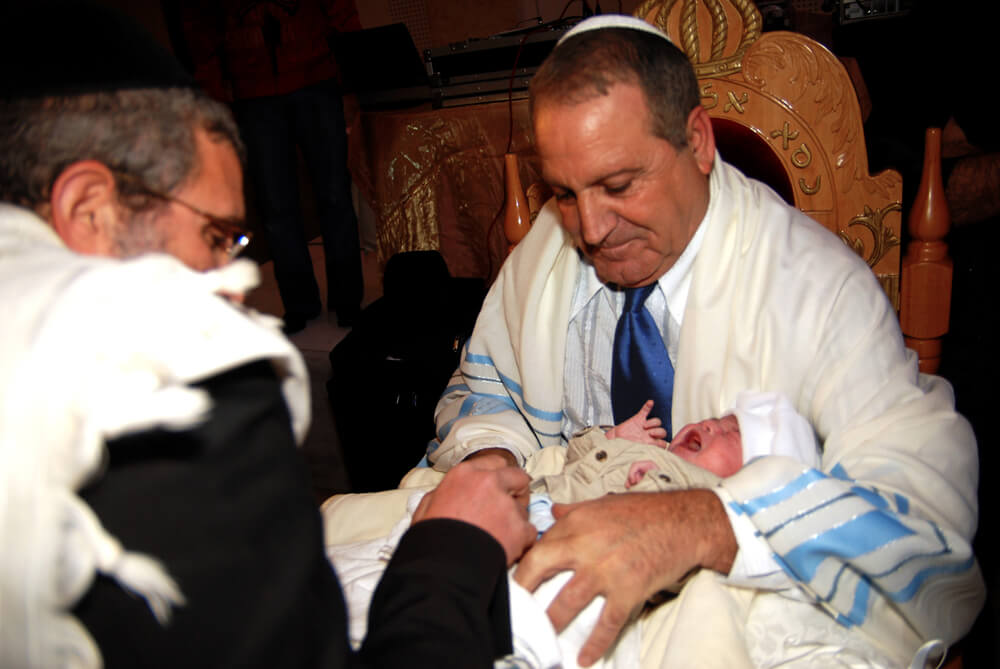
What Is the Sandek?
The sandek is one of the most cherished traditions in a bris. This is meant to show honor and respect to an important person in the parents’ and the boy’s life. The sandek will hold the baby on their lap while the bris is taking place. The baby will be placed on a pillow, which the sandek will cradle in their arms. Jewish tradition says that the sandek will protect the baby with their merit. The sandek is perhaps the most important honor that you can give someone during the bris.
The sandek is not sitting in the only chair that is set up in front of the mohel. There is an empty chair right next to the sandek called Elijah’s Chair. Jews often leave an empty place or a cup of wine to symbolize the Prophet Elijah, who ascended Mount Carmel to be with God. Elijah protects and watches over the Jewish people. However, he needs to be present in the room, and the chair is set up to beckon him.
What Is the Bris Procedure?
On the eighth day, the baby is put onto a pillow and carried into the room where the bris is to be held. The person or persons who bring in the baby are often thought of like the boy’s godparents. The baby is brought to the sandek, who will hold the baby still.
At this point, the mohel is ready to do their job. There is an entire liturgy of prayers. The mohel will recite most of the prayers. Some of them require a response from those assembled. Since the bris is a religious ceremony, it requires a quorum of 10 people. The mohel will make a ritual blessing over a cup of wine.
When it is time to do the actual circumcision, the mohel will cut the foreskin with a sharp instrument. The mohel will then draw some blood from the wound. There is a symbolism to drawing this blood since it removes the impurities. The mohel will then give the baby a few drops from the cup of wine. Since the baby has just undergone a medical procedure, he is likely to be feeling some pain and will be crying sharply.
Immediately after the mohel is finished with the actual circumcision, the parents will give the baby’s name to the mohel. This is done in the middle of another prayer. The parents have waited eight days to name their boy since giving the mohel his name is part of introducing him into the Jewish people. At the bris, the parents only give the baby his Hebrew name. They have likely already filled out the birth certificate with the baby’s English name but have not shared that name with anyone.
Since the bris is a festive occasion, it includes a celebratory meal. People will stay afterward to eat and to socialize with the family. Having a meal after the bris is a divine commandment. The traditions of the bris and the liturgy continue into the festive meal.
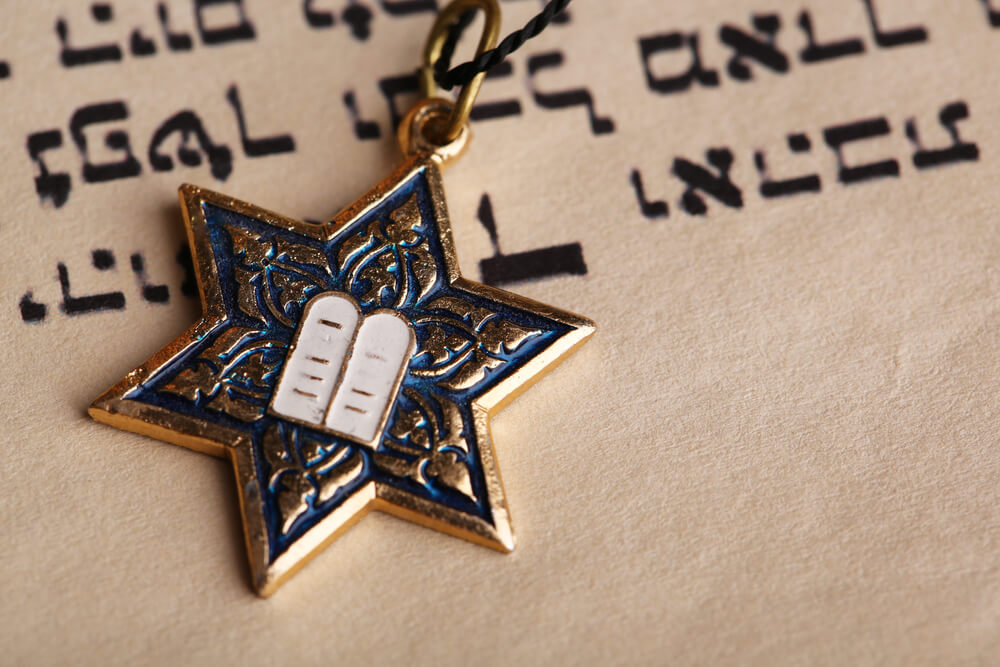
What to Say at a Bris
There are two different answers to the question of what to say at a bris. There are various parts of the ceremony where the guests participate by answering parts of the prayers. There will either be prayer books with the liturgy, or parents will hand out cards that give the relevant parts of the bris ceremony. Of course, when you are talking to the boy’s parents and family, besides best wishes, there is only one thing to say: mazel tov!
What to Bring to a Bris
If you are wondering what to bring to a bris, the answer is that you do not need to bring much. When it comes to the instruments necessary to perform the bris, the mohel comes with all of what they need. It is customary to bring a gift for the baby. Many people give money, but some people opt to bring a more traditional baby gift. There is no right or wrong answer as to what an appropriate bris gift is to bring.
As you can see, a bris requires an expert mohel to care for the baby. For scheduling reasons, parents need to contact the mohel as soon as the baby is born. Call the offices of Dr. Andrew Krinsky today to set up your son’s bris.



